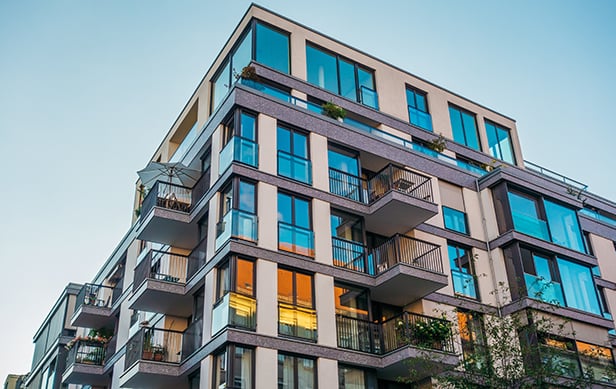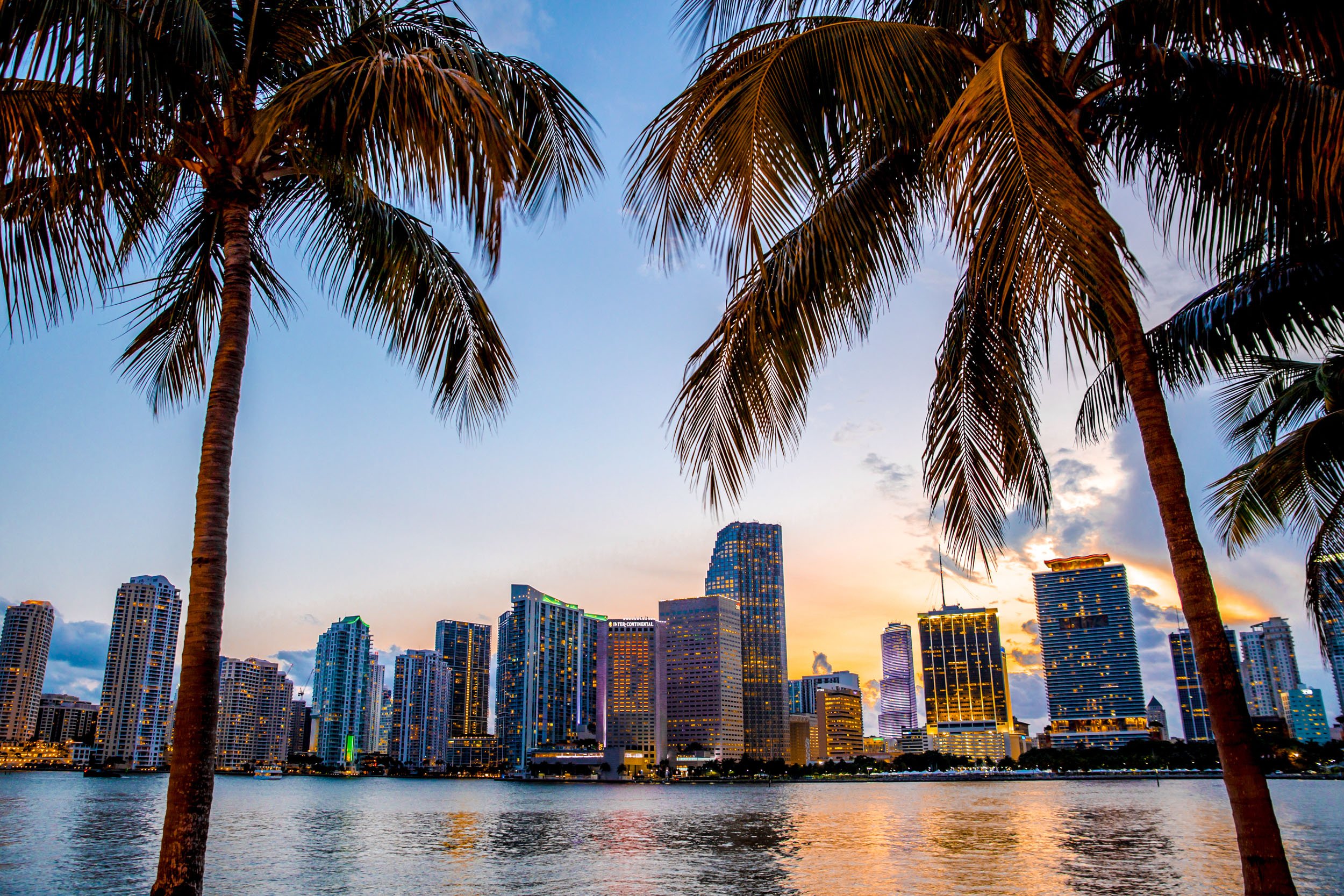“Big box stores are turning from the suburbs and toward city centers, but in searching for suitable urban space, they must often contend with cumbersome permit processes, municipal approvals, and, in some cases, issues relating to historic building designations.” That is according to Gene Spiegelman, vice chairman and head of North America Retail Services for Cushman & Wakefield, who recently chatted with GlobeSt.com about where retail stands today, noting that retailers have been forced to rethink their existing leasing arrangements.
Those retailers are also forced to reconsider how to get their products to market in an urban environment, leading many to implement vertical distribution strategies, he says. “In particular, this is where we see the ever-merging concept of 'bricks & clicks' as consumers utilize the physical space as a showroom to explore the tangible world not available in cyberspace.”
This shopping habit in particular, Spiegelman says, leads to purchase decisions that may ultimately be made via a “click”, but may also result in a trip to the “brick” as consumers are “quickly embracing the concept to purchase online and pick up the purchase at the store,” he says.
This reinforces the notion that traditional stores will ultimately prove to be the best form of distribution for some time to come, says Spiegelman. “This is one type of 'vertical' distribution strategy that utilizes the existing retailer footprint.”
In the suburbs, Spiegelman says, shopping centers are reacting, rethinking their tenanting strategy as big box retailers push to cities. “With a little creative thinking, the uses for these vacant spaces are endless,” he says. Cushman, for example, has placed entities as diverse as medical facilities, government offices, and churches into in vacant big boxes.
© Touchpoint Markets, All Rights Reserved. Request academic re-use from www.copyright.com. All other uses, submit a request to [email protected]. For more inforrmation visit Asset & Logo Licensing.







